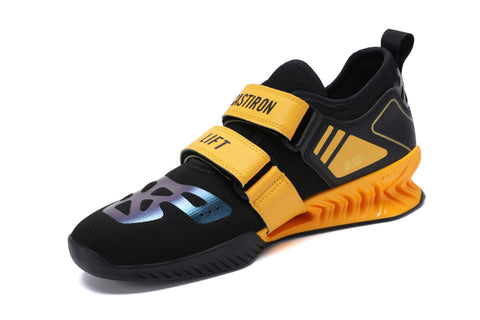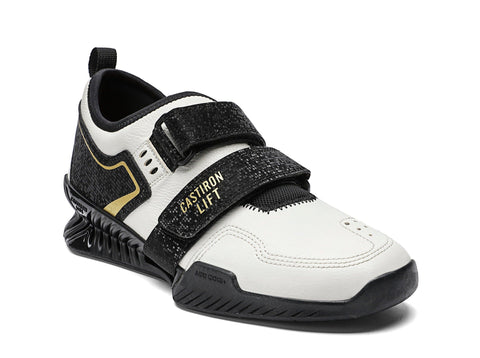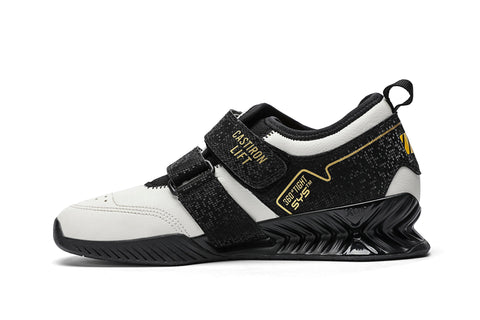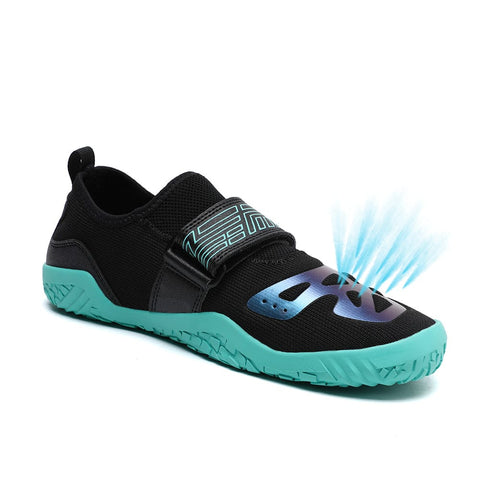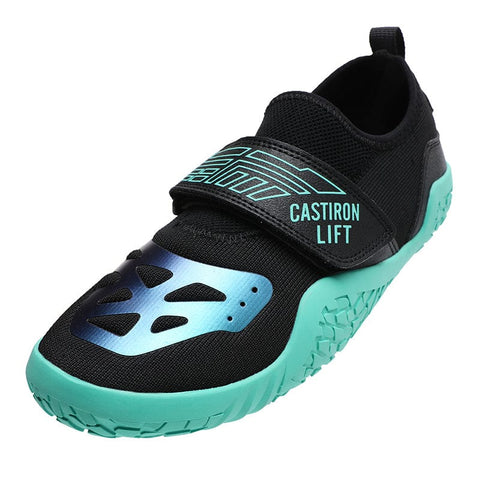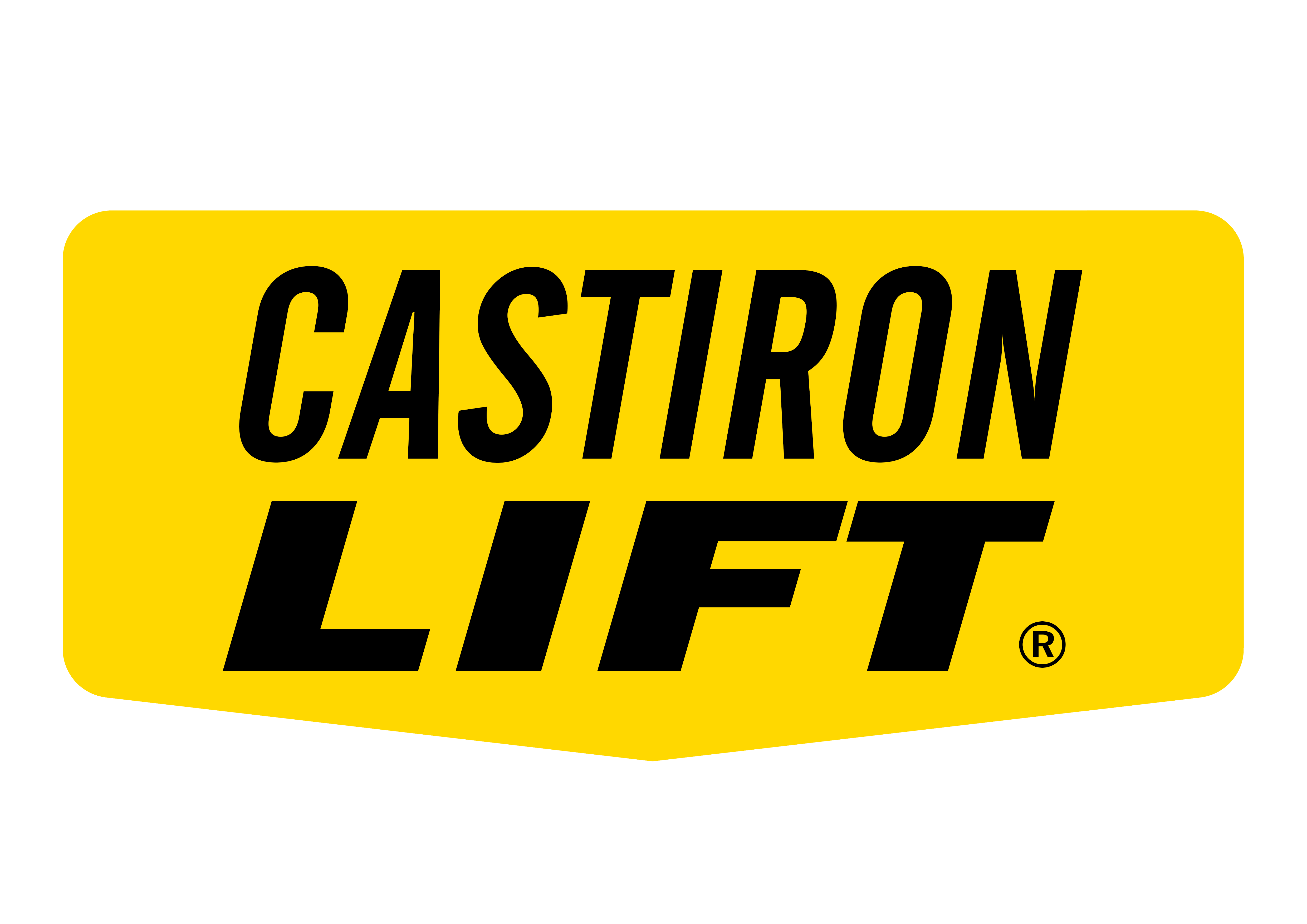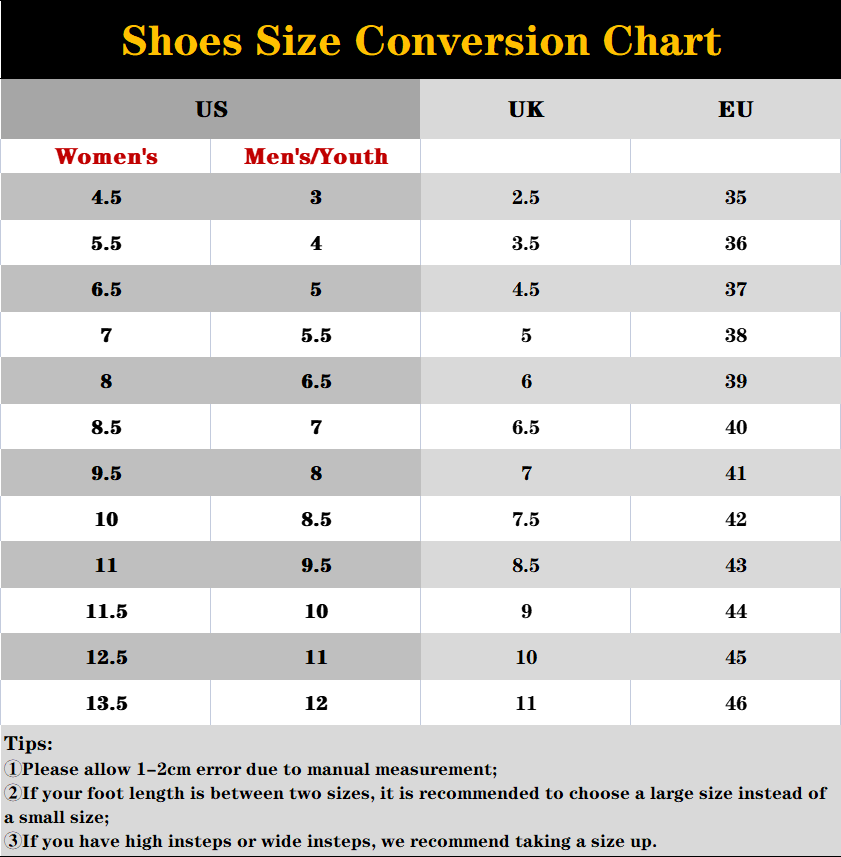Best Clothes for Weightlifting: What Pro Athletes Won't Tell You

Most weightlifters get their clothing choices completely wrong. You see them in those flashy, moisture-wicking synthetics that look great on Instagram but fail miserably when you're pulling 400 pounds off the floor. Cotton, surprisingly, outperforms every technical fabric when it comes to serious lifting. Those expensive moisture-wicking shirts that work wonders for your morning run become a liability the moment you load a barbell on your back.
As a powerlifting enthusiast, you need to understand that your clothing serves as equipment, not fashion. You want maximum friction between your body and the barbell when squatting and cleaning, not slick surfaces that turn your back into a slip-and-slide. Your sweaty shoulders making direct contact with equipment during training creates dangerous instability that can compromise your entire lift. Quality weightlifting attire keeps the barbell positioned correctly without scraping your shins raw—something you'll appreciate after your first deadlift session draws blood. Your footwear choice matters just as much, requiring shoes with rigid, nondeformable soles for efficient force transfer. These practical considerations get buried under gym fashion trends, but they determine whether you succeed or fail under heavy weight.
The Science Behind Weightlifting Clothes
Weightlifting clothing operates on scientific principles that directly impact your performance, comfort, and safety. Friction between fabric and equipment plays a crucial role in lifting success. Excessive friction in high-contact areas causes discomfort and abrasions, yet insufficient friction compromises stability—particularly important when performing exercises requiring precise movements.
Cotton remains king in the weight room for a scientific reason: it creates optimal friction with equipment. Technical fabrics, despite their slick appearance, provide inadequate grip between your body and the barbell or bench. Technical shirts excel for cardiovascular activities but create slippery surfaces that reduce stability during lifts.
Body temperature regulation represents another scientific consideration in weightlifting apparel. During intense lifting sessions, friction between skin and clothing generates heat that leads to discomfort. Modern sportswear incorporates phase-change materials that effectively absorb, store, and dissipate heat, maintaining optimal skin temperature. This cooling technology must be balanced with the need for friction.
Muscle mass directly influences sweat production. Bodies with greater muscle require more energy to move, producing more heat and consequently more sweat. This explains why experienced lifters often sweat more profusely than beginners—their efficient muscular systems generate more metabolic heat.
Moisture management becomes essential as weightlifting intensity increases. The body has two types of sweat glands: eccrine (covering the entire skin) and apocrine (predominantly in underarms and groin). Effectively designed weightlifting clothes account for these physiological realities.
The science extends to compression elements as well. Properly designed compression garments can improve circulation by exerting gentle pressure on veins, facilitating increased blood flow and ensuring optimal heart function. This improved oxygenation helps sustain energy levels, reduce fatigue, and maintain proper form during lifts.
The best clothes for weightlifting balance multiple scientific factors—friction, temperature regulation, moisture management, and compression—to create an environment where your body can perform at its mechanical best.
Support and Safety: What to Wear for Protection
Your body takes a beating during heavy lifting sessions. Smart powerlifters know that the right protective gear doesn't just prevent injuries—it actually lets you lift more weight with better form.
Weightlifting belts serve as your first line of defense during heavy compound movements. These belts stabilize your core by reducing pressure on your lower back during squats and deadlifts. A quality lifting belt can reduce spinal compression forces by up to 50% during heavy squats and deadlifts. This protection allows you to focus entirely on technique instead of worrying about your spine crumbling under load.
Wrist wraps work like mini-belts for your wrists, preventing dangerous overextension when pressing overhead. You'll appreciate these supports during bench press and overhead movements, where they keep your wrists locked in position and help avoid painful strain. Knee sleeves or wraps provide similar stability during squats while reducing stress on your tendons. Quality knee sleeves offer compression that increases blood flow and keeps joints warm.
Hand protection sparks debate among serious lifters. Weightlifting gloves offer a safer grip while preventing callouses and skin injuries. Many experienced lifters prefer chalk instead, as it enhances grip on the barbell without compromising bar feel. Choose based on your priorities—gloves for comfort, chalk for maximum connection to the bar.
Your footwear choice can make or break your lifting session. Weightlifting shoes feature rigid, non-compressible soles that create a rock-solid foundation. This firm base prevents unnecessary foot movement and shifting during lifts. The standard heel height of 0.75 to 1 inch allows for deeper squat positions without compromising your posture.
Deadlifters need shin protection—trust me on this one. Specialized shin guards or sleeves prevent painful scrapes and bruising against the knurling on the bar. These lightweight, compressive sleeves let you maintain proper form without the distraction of shin pain. Once you've scraped your shins raw, you'll never deadlift without protection again.
Compression garments offer benefits beyond looking good at the gym. These tight-fitting clothes reduce muscle oscillation and enhance proprioception, potentially improving coordination during complex lifts. Compression enhances blood circulation and delivers oxygen to tired muscles, potentially eliminating delayed-onset muscle soreness.
Remember that protective gear supplements proper lifting technique—it doesn't replace it. You can't belt your way out of terrible form.
What Kind of Clothing is Best for Weight Training?
Your upper body needs cotton t-shirts and long-sleeved shirts that provide the necessary grip when the bar rests on your shoulders or when you're bracing against a bench. Fitted clothing made with stretchable fabrics offers better support and prevents chafing without restricting your movement. Skip tank tops for compound lifts—they put your sweaty skin directly against equipment, creating the slippery contact points you want to avoid.
For your lower body, flexibility and durability should guide every choice. Sweatpants, athletic shorts, and leggings all work well provided they allow unrestricted movement. When wearing shorts, make sure they stop above the knee to prevent binding during squats. Look for options with four-way stretch that won't restrict your range of motion during deep squats or wide-stance deadlifts.
Your footwear choice can make or break your lifting performance. Proper weightlifting shoes feature rigid, nondeformable soles for efficient force transfer. Regular athletic shoes are essentially like standing on pillows when you're trying to generate maximum force—they absorb the power you should be directing into the ground. The firm platform of weightlifting shoes prevents unnecessary foot movement and shifting during lifts.
Don't forget shin protection for deadlifts and other floor pulls. Long socks (over-the-calf length) protect your shins from scrapes and blood. Once you've nicked your shin with a barbell, that scab can easily reopen in subsequent sessions, disrupting your training consistency.
Consider fit carefully when selecting your weightlifting wardrobe. Your clothes should be snug enough to stay in place yet flexible enough for full range of motion. Form-fitting attire helps prevent equipment snags while allowing you to monitor your form more effectively. Loose, baggy clothing can get caught in equipment or obscure your movement patterns when you're checking technique in the mirror.
Conclusion: Unleash Your Lifting Potential with the Right Gear
Don't let trendy fitness influencers dictate your weightlifting wardrobe choices. You now understand that your clothing serves as functional equipment, not Instagram content. The difference between a successful lift and a dangerous failure often comes down to these seemingly minor details.
Your lifting success depends on making smart equipment choices. Proper protective gear like weightlifting belts, wrist wraps, and knee sleeves can dramatically reduce injury risk while boosting your performance. Quality footwear with rigid, non-compressible soles creates the stable foundation you need for efficient force transfer—those cushioned running shoes are sabotaging your lifting power.
What works for weekend gym-goers won't cut it when you're serious about your lifting goals. The right clothing combination—fitted cotton shirts, flexible bottoms that move with your body, and appropriate protective gear—can make the difference between mediocre workouts and breakthrough sessions.
You have the knowledge now to make informed decisions about your lifting attire. Choose garments that provide optimal friction, allow unrestricted movement, and protect your vulnerable body parts. This approach might not generate social media likes, but it will generate the results you're after in the weight room.
Don't miss out on the opportunity to maximize your lifting potential. Invest in proper weightlifting attire and experience the difference for yourself. Your future PRs depend on the choices you make today.
Key Takeaways
Here are the essential insights that will transform your weightlifting performance and safety:
• Cotton beats synthetic fabrics - Choose cotton over moisture-wicking materials for superior friction between your body and barbells, preventing dangerous slippage during heavy lifts.
• Rigid-soled shoes are non-negotiable - Ditch cushioned running shoes for weightlifting shoes with firm, non-compressible soles that provide stable force transfer and prevent foot movement.
• Protective gear reduces injury risk by 50% - Quality lifting belts can cut spinal compression forces in half during squats and deadlifts, while wrist wraps and knee sleeves provide crucial joint stability.
• Fit matters more than fashion - Select snug, flexible clothing that allows full range of motion without restricting movement or creating equipment snags during compound lifts.
• Shin protection prevents painful setbacks - Long socks or shin guards during deadlifts protect against scrapes that can reopen and disrupt training consistency.
The science is clear: functional weightlifting attire prioritizes grip, stability, and protection over trendy esthetics. Your clothing should work as equipment that enhances performance, not hinders it.
FAQs
Q1. What type of fabric is best for weightlifting clothes? Cotton is generally considered the best fabric for weightlifting clothes. Unlike synthetic materials, cotton provides optimal friction between your body and the equipment, which is crucial for stability during lifts. It also helps prevent slippage when the bar is in contact with your body.
Q2. Are weightlifting shoes really necessary? Yes, proper weightlifting shoes are essential. They feature rigid, non-compressible soles that provide a stable platform for efficient force transfer during lifts. Unlike cushioned running shoes, weightlifting shoes prevent unnecessary foot movement and help maintain proper form.
Q3. How can protective gear enhance weightlifting performance? Protective gear like weightlifting belts, wrist wraps, and knee sleeves can significantly improve performance and reduce injury risk. For example, a quality lifting belt can reduce spinal compression forces by up to 50% during heavy squats and deadlifts, allowing you to focus on proper technique.
Q4. What should I wear for lower body exercises like squats and deadlifts? For lower body exercises, opt for flexible and durable clothing that allows unrestricted movement. Sweatpants, athletic shorts, or leggings work well. If wearing shorts, ensure they stop above the knee to prevent binding during squats. For deadlifts, consider wearing long socks to protect your shins from scrapes.
Q5. How should weightlifting clothes fit? Weightlifting clothes should be snug enough to stay in place yet flexible enough for a full range of motion. Form-fitting attire helps prevent equipment snags while allowing you to monitor your form more effectively. Avoid overly loose clothing that could interfere with your lifts or get caught in equipment.

